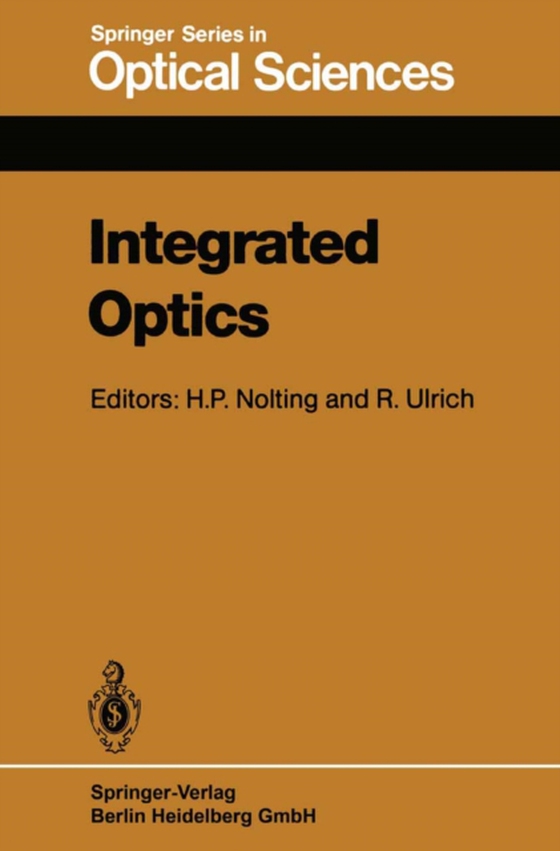
Integrated Optics e-bog
436,85 DKK
(inkl. moms 546,06 DKK)
The development of miniaturized and ruggedized optical circuits, containing a number of optical and perhaps also electronic components integrated on the same substrate, and performing useful optical functions - this is the goal of the key technologies for future systems of communication, of instrumenta- tion, and of general signal processing; it is expected to combine and to complement the esta...
E-bog
436,85 DKK
Forlag
Springer
Udgivet
5 juni 2013
Genrer
PHJL
Sprog
English
Format
pdf
Beskyttelse
LCP
ISBN
9783540394525
The development of miniaturized and ruggedized optical circuits, containing a number of optical and perhaps also electronic components integrated on the same substrate, and performing useful optical functions - this is the goal of the key technologies for future systems of communication, of instrumenta- tion, and of general signal processing; it is expected to combine and to complement the established technologies of microelectronics, optoelectronics, and fiber-optics. Today, after more than fifteen years of research on integrated optics, this goal appears to be almost within reach. The theoretical problems of 1ight propagation and of numerous forms of coupling and interactions in integrated-optical structures are generally well understood. A great variety of single components for integrated optics has been demonstrated experimen- tally, and more recently also the successful integration of several compo- nents on a common substrate. Laboratory operation of such integrated-optical 'chips' has been reported, e.g., for RF spectrum analysis, for high-speed analog/digital conversion, for a fiber-optic gyro, and for various high-per- formance semiconductor laser sources. Before commercial fabrication and technical application of such devices can take place, however, their performance has to be further improved. Se- rious technological and material problems are still to be overcome which are related to the small transverse dimensions and high optical power densities typical for integrated-optical waveguides. Progress can be expected here by further improvements and diversifications of micro-fabrication technologies and (perhaps more efficiently) by learning how to better adapt the optical structures to the existing technologies.
 Dansk
Dansk

